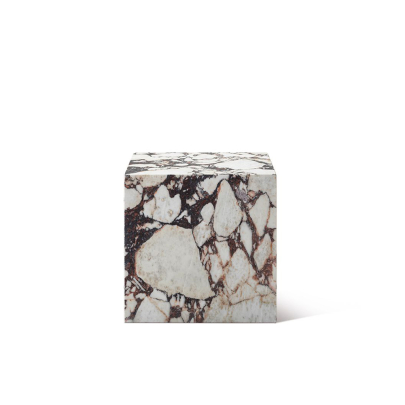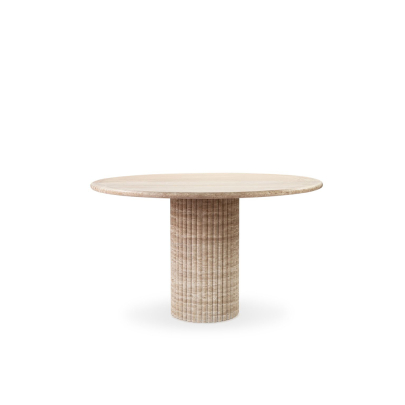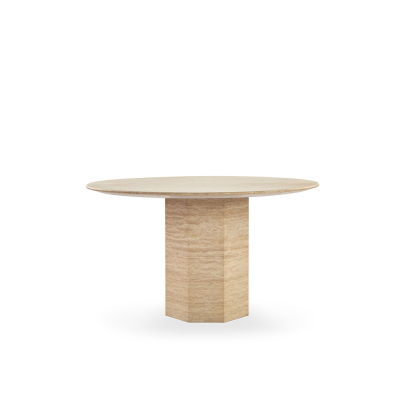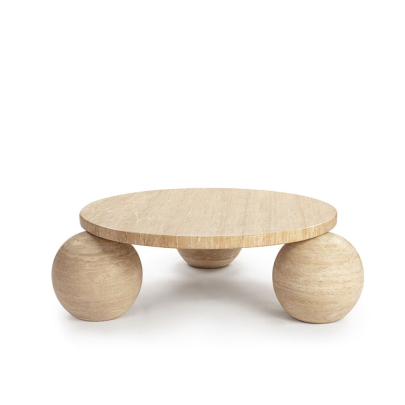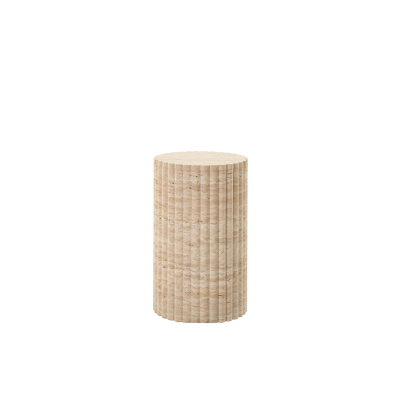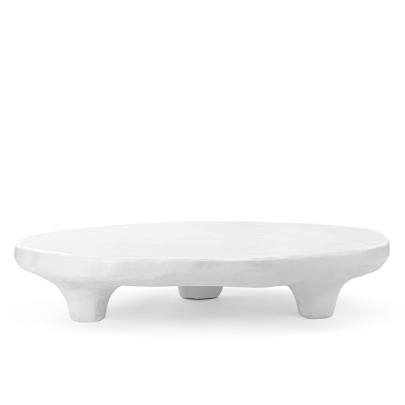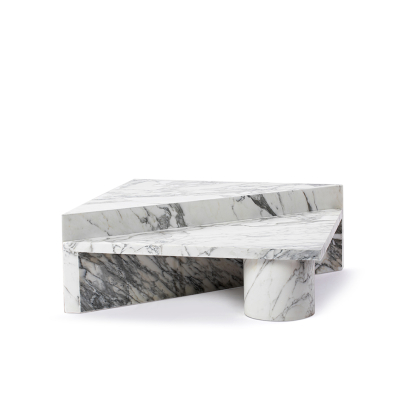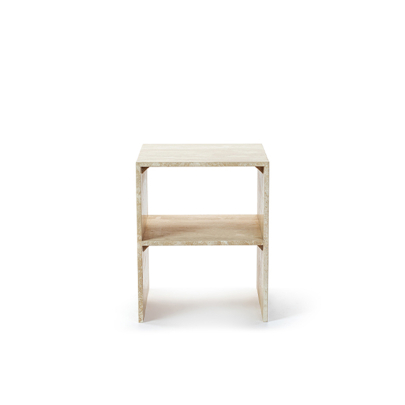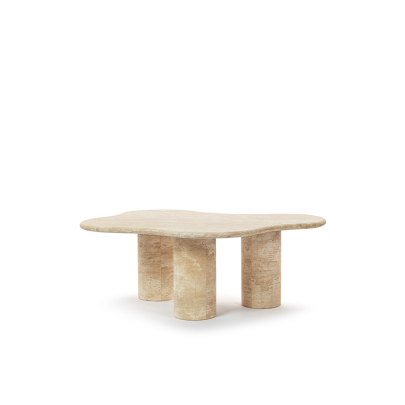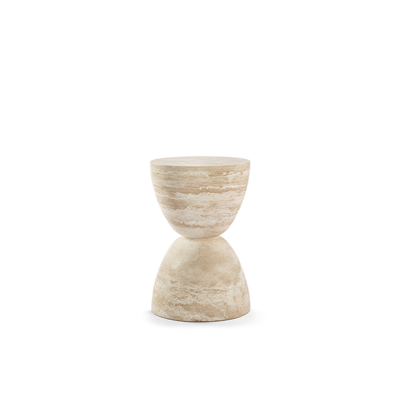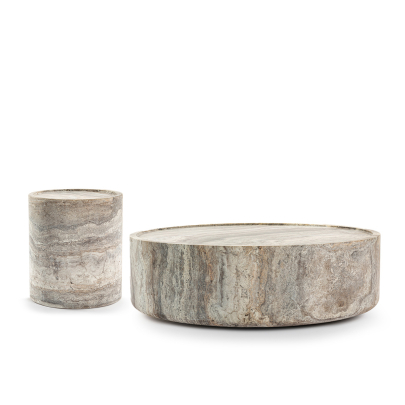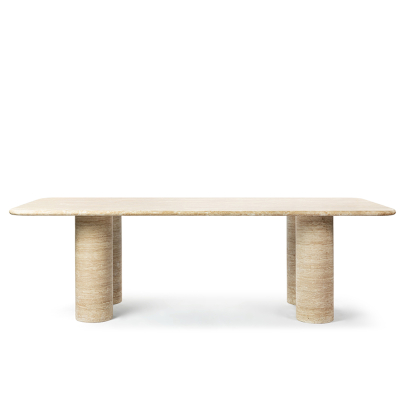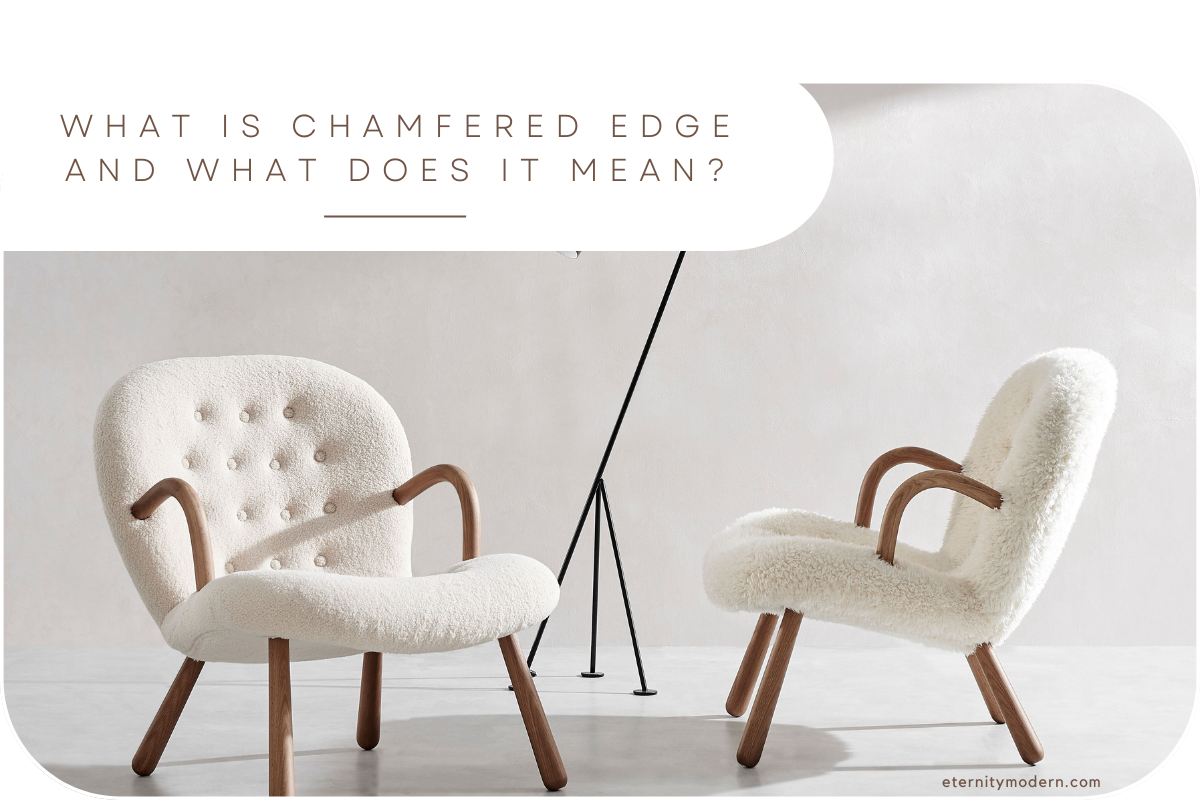
A chamfer is a 45-degree angled slant that rests between two perpendicular lines.
The idea of a chamfer is applied in many fields, most notably architecture, interior, and furniture design. In architecture and interior configuration, a chamfer is usually introduced to remove blunt angles from the room. The chamfers of the Taj Mahal are quite iconic to this day. Similarly, in furniture, it is designed to ease sharp edges and make everything safer.
Below, we’ll be taking a look at everything you need to know about the chamfer:
What Exactly is a Chamfered Edge?
A chamfer (also sometimes known as a bevel) is a transitional angle (mostly 45 degrees) that connects two right-angled faces. Its main purpose is to remove the sharp corners that manifest when two perpendicular lines intersect.
In furniture design, the concept of a chamfer is applied to rectangular and square-shaped tables. That’s because their corners can come off as sharp and pointy if not “beveled” to be safe. Therefore, the chamfer is used to transition this area, so as not to hurt or damage anyone/anything in the vicinity of that corner.
Now, there are different types of chamfers in furniture. However, their main purpose is to smoothen the edge to a non-threatening shape. For tables, you could chamfer a corner, but for a kitchen island or a stone top, you’ll also have to chamfer or bevel the edges as well. It all really depends on the design and the type of furniture you’re trying to produce.
What Does a Chamfered Edge Look Like?
The look of a chamfered edge depends on your interpretation. In a room, it’ simply a wall that is angled at 45 degrees and usually (but not always) holds a door. In furniture, the chamfered edge is interpreted in two different ways. If you want to take out a pointy edge, then the chamfer is going to look like a 45-degree angle that connects the two corners of the table.
However, if your tabletop is made of stone and you want to bevel all its edges in a chamfer, then the top may come off as something with princess cut edges. Note that the angle of these particular chamfers can be different from the set standard of 45-degrees. As to exactly what, it depends on the preference of the craftsman.
What Does it Mean to Chamfer Wood?
Chamfering wood basically means that you’re cutting or beveling its edges off at a 45-degree angle. This is done for mainly two reasons. The first is to provide a clean, concise look to the wood craftsmanship. The second is to remove any sharp edges that might have caused bruises or cuts had someone run into them.
How Do You Chamfer Wood Edges?
Wood is one of the most commonly chamfered material. Even some of the joints in woodwork craftsmanship are chamfered so that they can be easily put together. That said, there are so many ways that one can chamfer wood. Let’s take a look at some of them:
- Hand-planing: This is considered one of the most challenging ways to chamfer wood. It includes using a hand plane to make a trim 45-degree angled cut along the wood edge. It’s a challenge because each pass of the plane only shaves a little bit of the wood. This means that it can be quite difficult to keep the whole thing level and steady.
- Table-sawing: This is another way to chamfer wood. All you have to do is adjust the angle, width, and depth of the saw blade. It’s definitely allows more consistency than the hand-planing.
- Specialized tools: There are specialized tools that can help you chamfer wood with the utmost precision. Chamfer routers are one of them. They allow excellent precision without the added preparation work. It simply needs installation in a special table, is mounted upside-down, and provides the best results.
What is a Chamfered Edge Called?
A chamfered edge is also called a beveled edge. However, there’s a slight, technical difference between these two terms. While the chamfer is usually 45-degrees, the bevel is just a “sloping face” that is added between two perpendicular faces to give them a nice, smooth look.
The Difference Betwen a Chamfer & a Bevel?
While the terms chamfer and bevel are usually interchangeable, there are minor differences that set them both apart. Let’s take a look at them:
Chamfer
|
Bevel |
|
Chamfer is a cut that is usually made to connect two adjacent faces in a furniture piece
|
Bevel is a sloping face between between two principal faces in a furniture piece |
|
Chamfer cuts are made with specialized tools like routers, chamfer mills, planes, etc.
|
Beveled edges are made with the help of specialized beveling tools. |
|
Chamfer is basically a slanted cut.
|
A bevel is simply a sloping face that connects right-angled edges. |
|
A chamfer is always at a 45-degree angle.
|
The degree of angle can be adjusted in a bevel. |
|
A chamfer is mostly used in joinery.
|
Beveling is used to soften the edges of furniture. |
The Use of Chamfer
“Chamfer” is quite a versatile term and it applies to a vast array of elements. For example, a chamfer is used in carpentry and furniture to either provide easy joinery or to soften the edges of furniture.
Similarly, a chamfer is also used in architecture. It’s a slanted edge that connects the perpendicular faces on a square or a rectangle-shaped room. For example, if a room is square-shaped, then you can chamfer all its 4 edges so that the interior looks like an octagon.
On that note, it’s also used in interior design - especially bevelin mirror decor edges. Other than that, chamfers are also used in mechanical engineering, urban design, and machining as well.
Conclusion
As you can see, chamfer is a versatile terminology. This is basically a concept - an idea that can be applied to multiple fields. It’s quite similar to bevel, but there are slight differences that set them apart. That said, the chamfer is quite useful and can be used to attain multiple goals, such as softening furniture edges, making a room more welcoming, and more.

